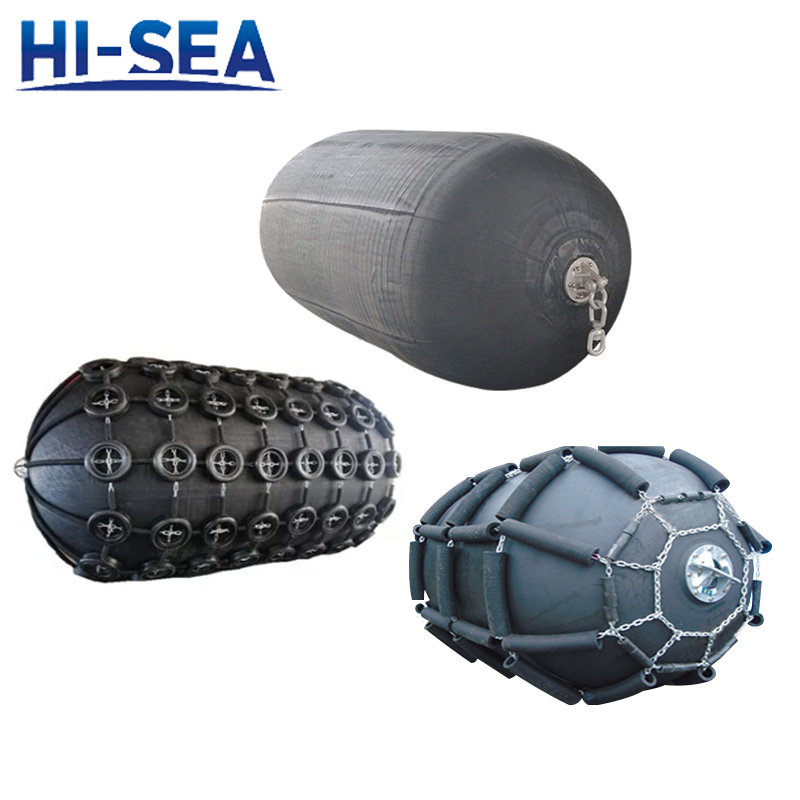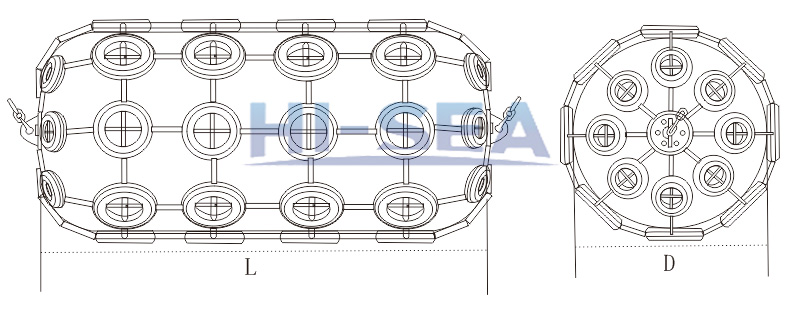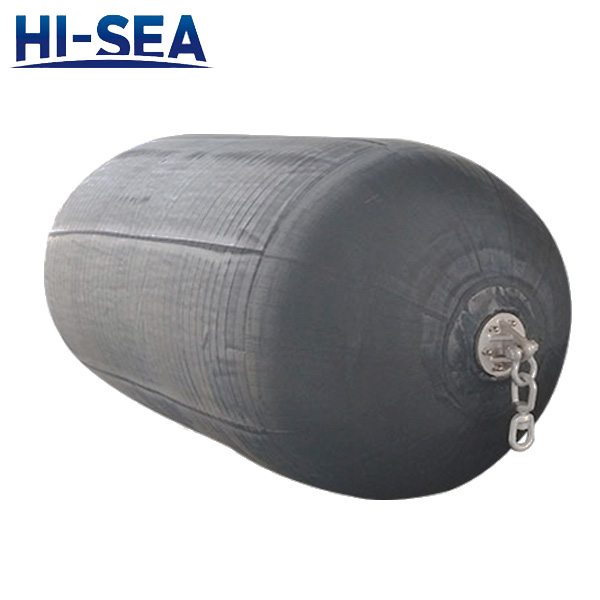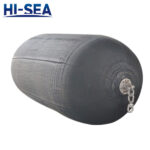
The size 4500×12000 is the biggest standard one of Yokohama fenders. They are excellent in performance for both docks and vessels. The filling air or hydrogen can provide the fenders with large compression capability, which will further help to provided high energy absorption and low reaction force. What’s more, the fenders can endure large shear forces.
Because the Yokohama fenders can float on the water, they are perfect for docks with large tidal variations and ship to ship operation. When off work, Yokohama fenders can be deflated as well. This feature can help to owners to save a lot of storage space and costs.
They outer surface of Yokohama fenders can be equipped with protection layer, which can be manufactured with chain and tie net and so on. This layer are designed to reduce the damage to the fender body on berthing process.
The best installation method for the Yokohama fenders is the chain. One end of the chains can connect the tow rings, and the other end of the chains can be fixed onto dock structures or ships. This can allow the fenders to float up and down along with the rise and fall of sea level and to remain at the right place.
Yokohama Fenders Drawing and Dimensions:

| Fender size
D×L
(milímetro)
|
Initial pressure 0.5kg/cm2 |
Initial pressure 0.8kg/cm2 |
weight |
| Guaranteed energy absorption (GEA)
[kNm] |
Reaction force at GEA deflection
[kN] |
Hull pressure at GEA deflection
[kN/m2] |
Guaranteed energy absorption (GEA)
[kNm] |
Reaction force at GEA deflection
[kN] |
Hull pressure at GEA deflection
[kN/m2] |
Fender body
[kg] |
Cadena & tire net
[kg] |
Total
[kg] |
| 4500×12000 |
6473 |
7984 |
154 |
9037 |
10490 |
202 |
7000 |
8570 |
15570 |
Funciones:
- Easy and fast to deploy
- Low hull pressure
- Low reaction force and reasonable reaction force even under excess load conditions
- Suitable for inclined berthing
- Suitable for small and large tidal ranges









